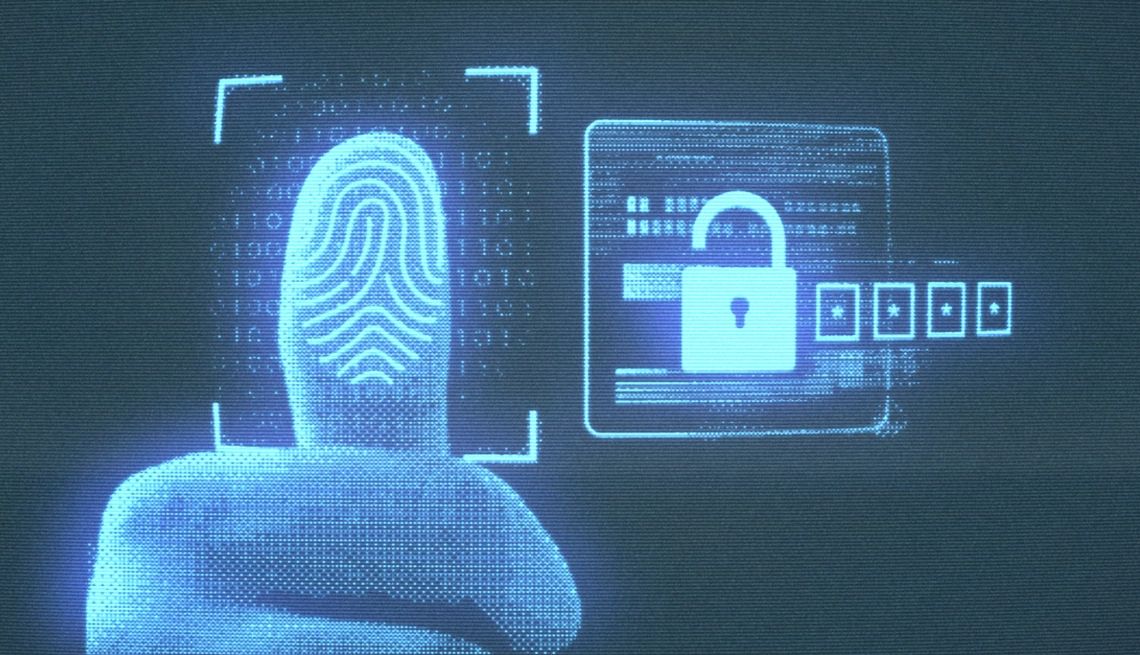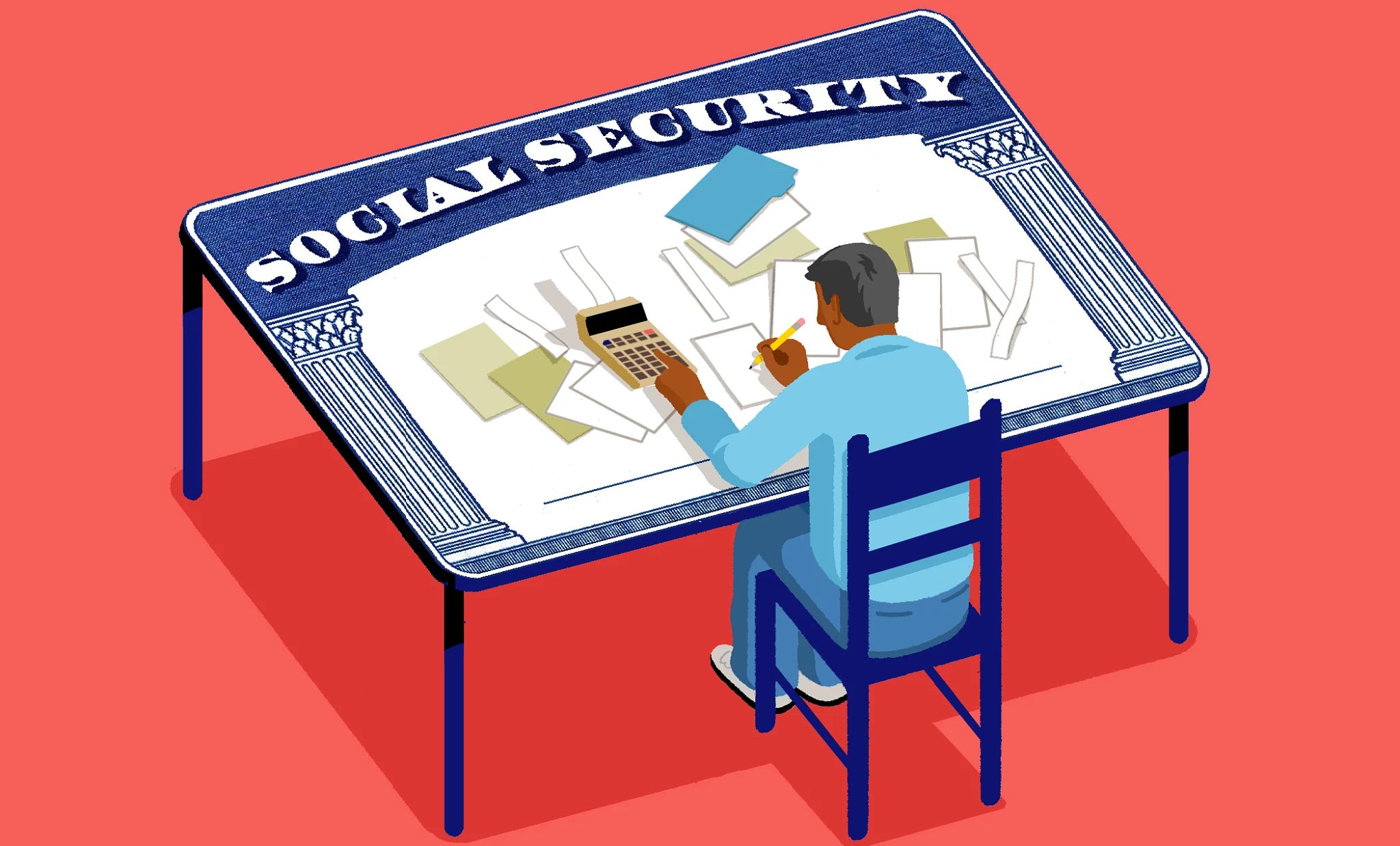AARP Hearing Center


As digital scams become more sophisticated, your security game needs to keep up to safeguard your personal information and money.
We asked four cybersecurity professionals what they do to avoid rip-offs. Here are their top tips.
1. Regularly restart your phone.
At least once every couple of days, Hugh Thompson, executive chairman, RSA Conference, which specializes in cybersecurity education, restarts his phone.
If you hit a scammer’s link by mistake, in some rare cases they may get access to your phone, says Thompson, “but restarting your phone can essentially kick them out.” He automates the task so it happens while he sleeps, through Apple’s Shortcuts app. Android also has the ability to automate tasks through apps.
2. Store sensitive information on an external hard drive.
No one, not even a pro like herself, is immune to ransom attacks, says Jennifer Pitt, senior analyst at Javelin Strategy & Research.
To keep her sensitive information, such as her financial accounts, medical records, former job applications and taxes, out of the hands of hackers, she uses an external hard drive. “I don’t have any important documents with my personal information on the desktop,” says Pitt.
3. Use two-factor authentication.
A password helps, but if you use two-factor authentication (also called multifactor authentication), even if a scammer was able to get your password through a data breach, they won’t have the verification code that is either sent to your cellphone or shows up in an authenticator app on your phone. It’s the single biggest thing to do to make a difference," says Thompson.
Join Our Fight Against Fraud Sign up to become a digital fraud fighter and help people 50 and older identify and avoid scams.
4. Regularly change up your passwords.
Thompson adds extra protection by changing his passwords every six months, marking it on his calendar so he doesn’t forget. He considers it a deep-clean of his identity.


































































More From AARP
What to Know About Cryptocurrency ATMs
Kiosks are everywhere, helping scammers steal cash from victims
What to Know Before Scanning a QR Code
Take a look at several fake QR scams, plus tips to protect yourself
Why to Look Under the Hood of Your Smartphone Settings
From screen brightness to accessibility tools, you can customize the phone to make it your own